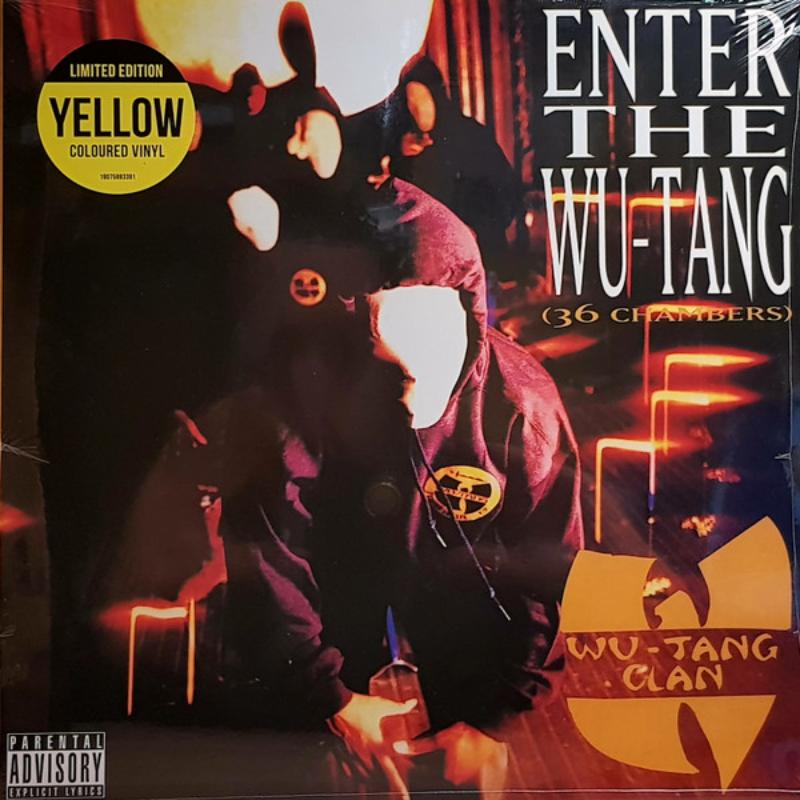The Wu-Tang Clan is a name synonymous with innovation, raw lyricism, and a grimy, atmospheric soundscape that revolutionized East Coast hip-hop in the early 1990s. Their influence on the genre remains undeniable, and their music continues to inspire and captivate audiences worldwide. But when was Wu-Tang Clan created?
This article delves into the origins of this legendary group, exploring their formation and rise to fame. We’ll also touch upon their lasting legacy and the individual successes of their members.
Formation and Early Days (1992)
The Wu-Tang Clan, assembled in Staten Island, New York City in late 1992, consisted of a collective of ten rappers: RZA, GZA, Ghostface Killah, Raekwon, Method Man, Inspectah Deck, U-God, Masta Killa, Ol’ Dirty Bastard (ODB), and close affiliate Cappadonna (who later became an official member). RZA, the de facto leader and mastermind behind the group’s production, emerged as a central figure, crafting a unique sound that blended gritty beats with samples from kung fu films.
The group’s name itself paid homage to their cinematic inspiration. Inspired by the film “Shaolin and Wu Tang,” the moniker embodied the group’s philosophy of brotherhood and their lyrical prowess, akin to the warriors depicted in the movie.

Rise to Fame (1993-present)
The Wu-Tang Clan’s debut album, “Enter the Wu-Tang (36 Chambers),” dropped in 1993 and became an instant underground sensation. The album’s innovative sound, characterized by its dark, atmospheric production and complex wordplay, challenged the mainstream hip-hop scene. Each member brought their own distinct style and flow, creating a cohesive yet diverse listening experience. “Enter the Wu-Tang (36 Chambers)” shattered conventional norms and redefined the sonic landscape of East Coast hip-hop.
The group’s success wasn’t limited to their debut. Subsequent albums like “Wu-Tang Forever” (1997) and “The W” (2000) further solidified their place in hip-hop history. Their influence transcended music, inspiring fashion trends and a devoted fanbase. Even today, the Wu-Tang Clan remains a power force. In a testament to their enduring legacy, the group recently announced a history-making Las Vegas residency – a fitting tribute to their iconic status.
Current Situation (2024)
The Wu-Tang Clan continues to be active in the music scene, although not at the same frenetic pace of their early years. Individual members remain prolific, releasing solo albums and collaborating with other artists. RZA, for example, continues to produce for various artists and even scored the soundtrack for the Hulu series based on the group’s history, “Wu-Tang: An American Saga.”
Sadly, the group suffered a loss in 2004 with the passing of Ol’ Dirty Bastard (ODB). Despite this setback, the remaining members continue to honor the group’s legacy and their collaborative spirit.
Legacy (Optional)
The Wu-Tang Clan’s impact extends far beyond their chart-topping albums and critical acclaim. They fostered a unique style and lyrical approach that continues to inspire countless rappers today. Furthermore, each member of the Wu-Tang Clan carved out successful solo careers, proving their individual talents. Artists like RZA, GZA, Raekwon, and Ghostface Killah have all released critically acclaimed solo albums that have expanded upon the Wu-Tang universe.
For those interested in learning more about the group’s fascinating journey, the Hulu series “Wu-Tang: An American Saga” offers a compelling dramatization of their rise to fame.
Conclusion
The Wu-Tang Clan, formed in 1992, remains a cornerstone of hip-hop history. Their innovative sound, raw lyricism, and collaborative spirit continue to influence generations of artists. From their groundbreaking debut to their ongoing solo successes, the Wu-Tang Clan’s legacy is undeniable.





















